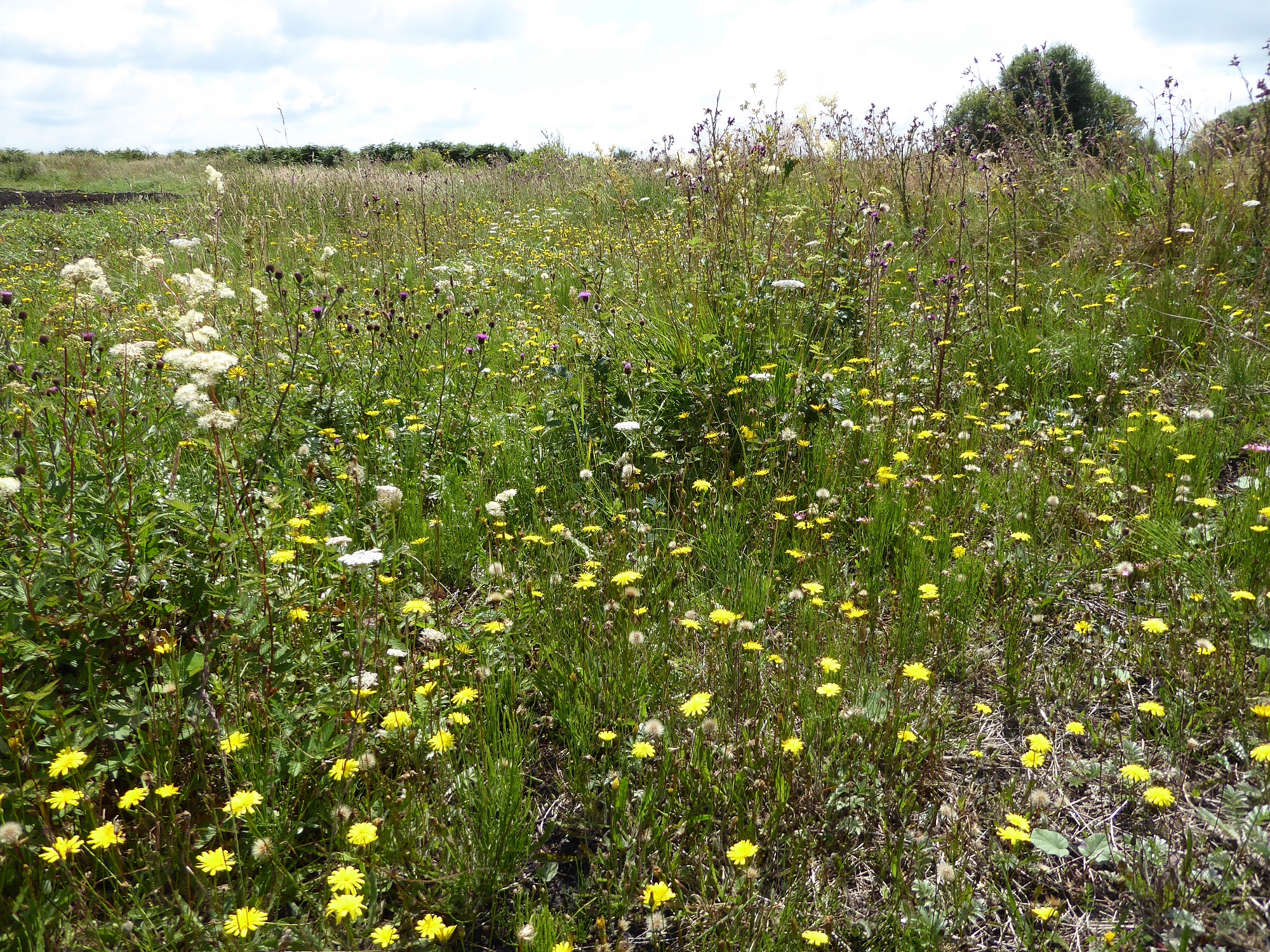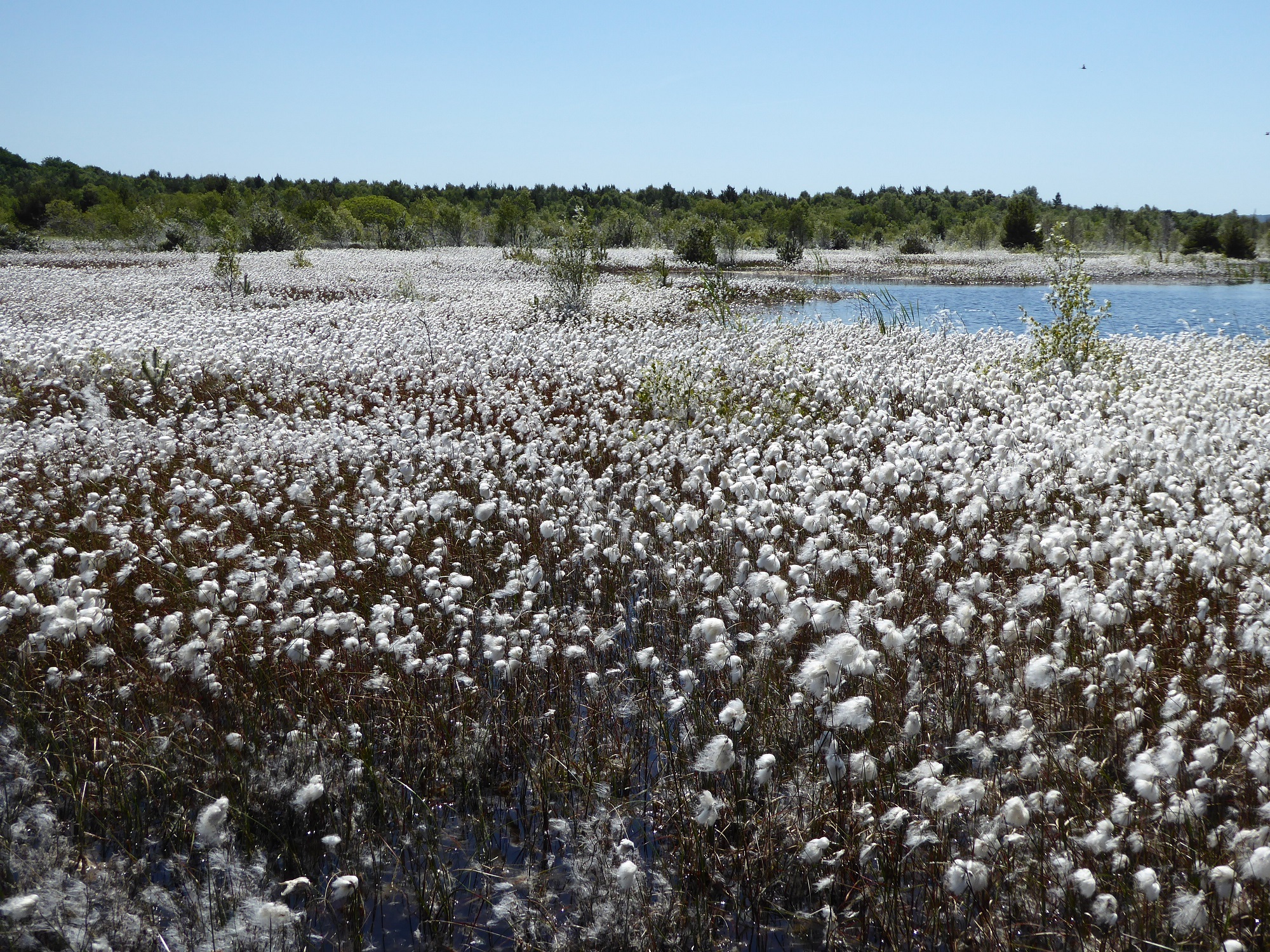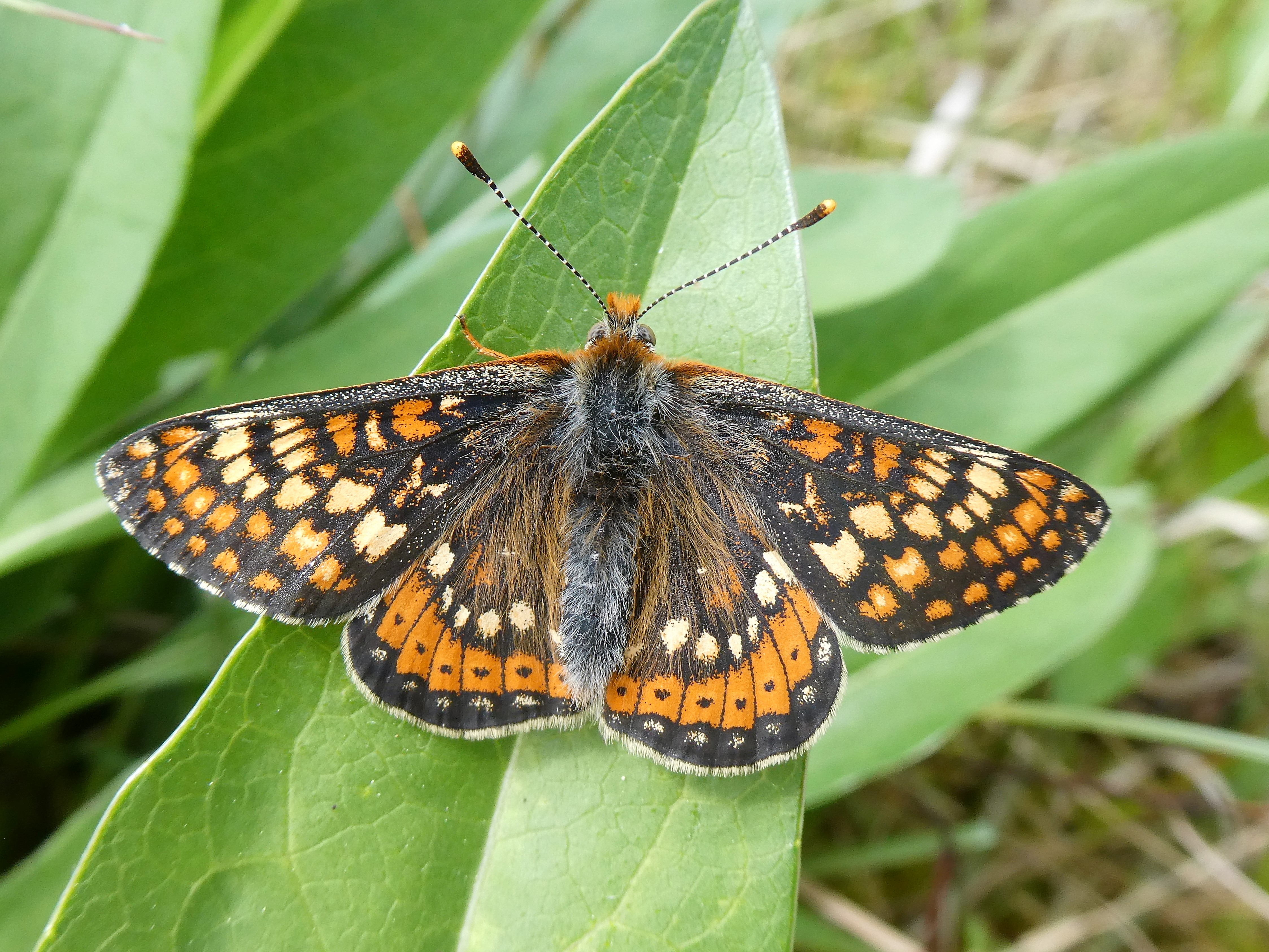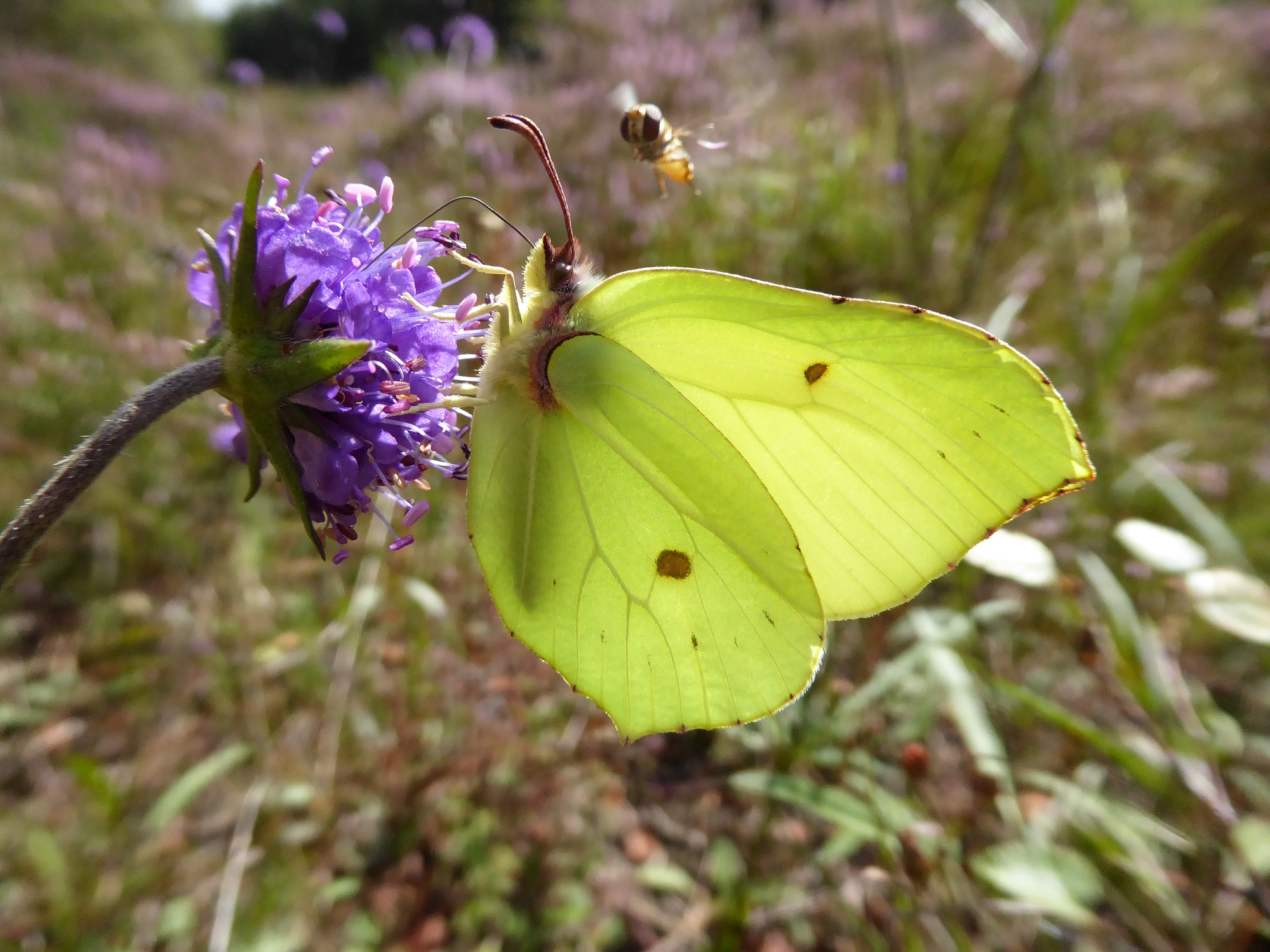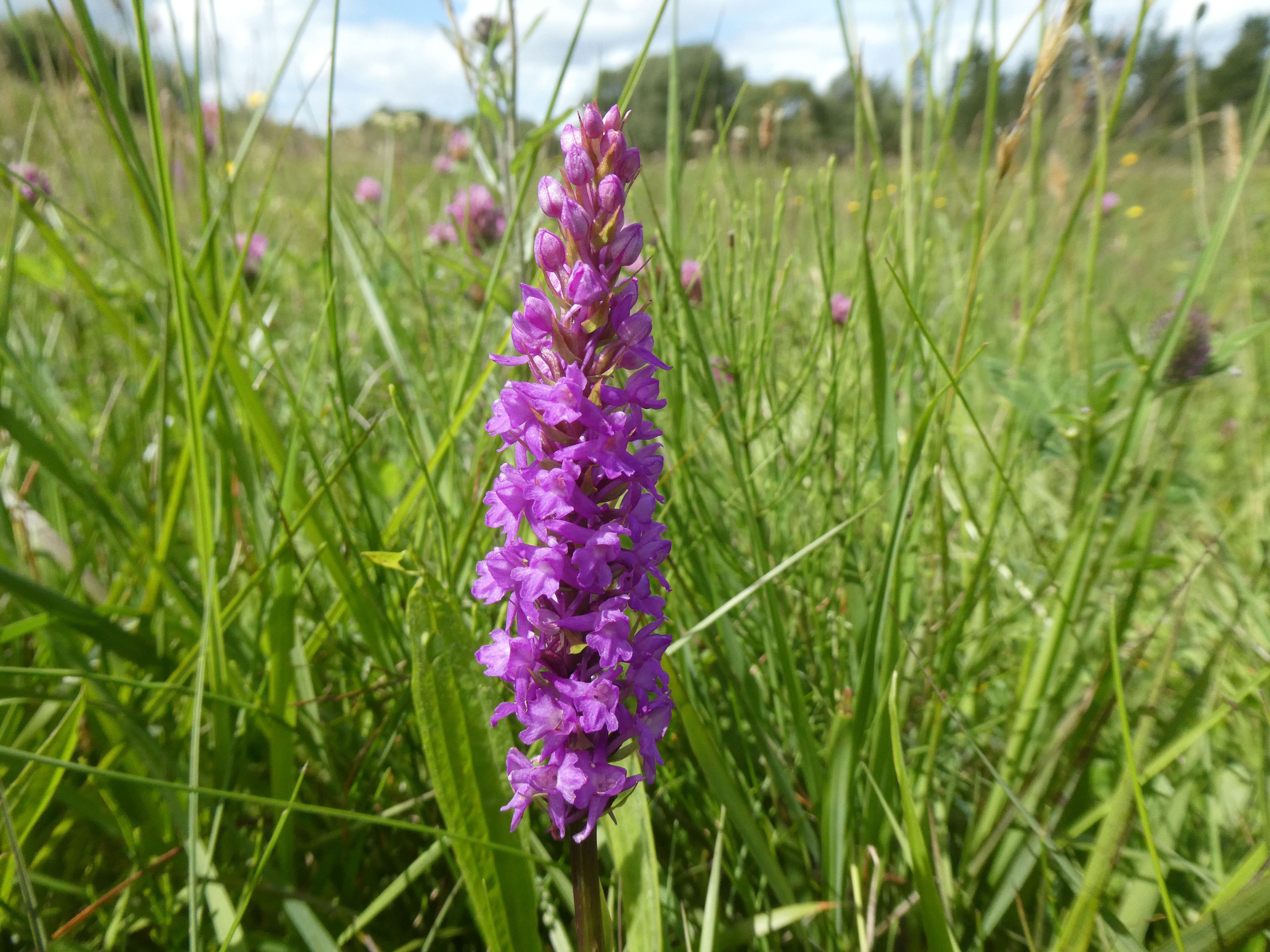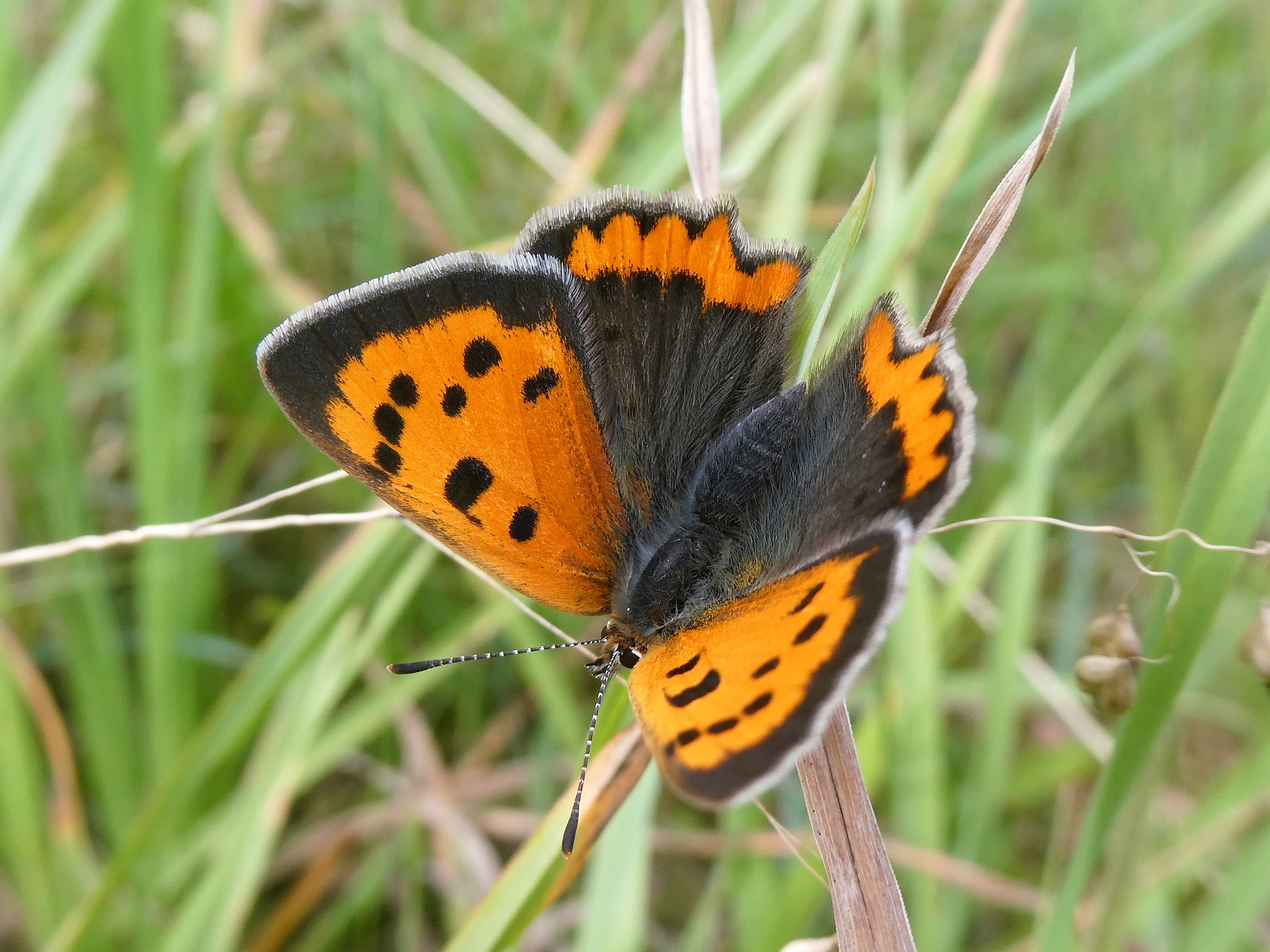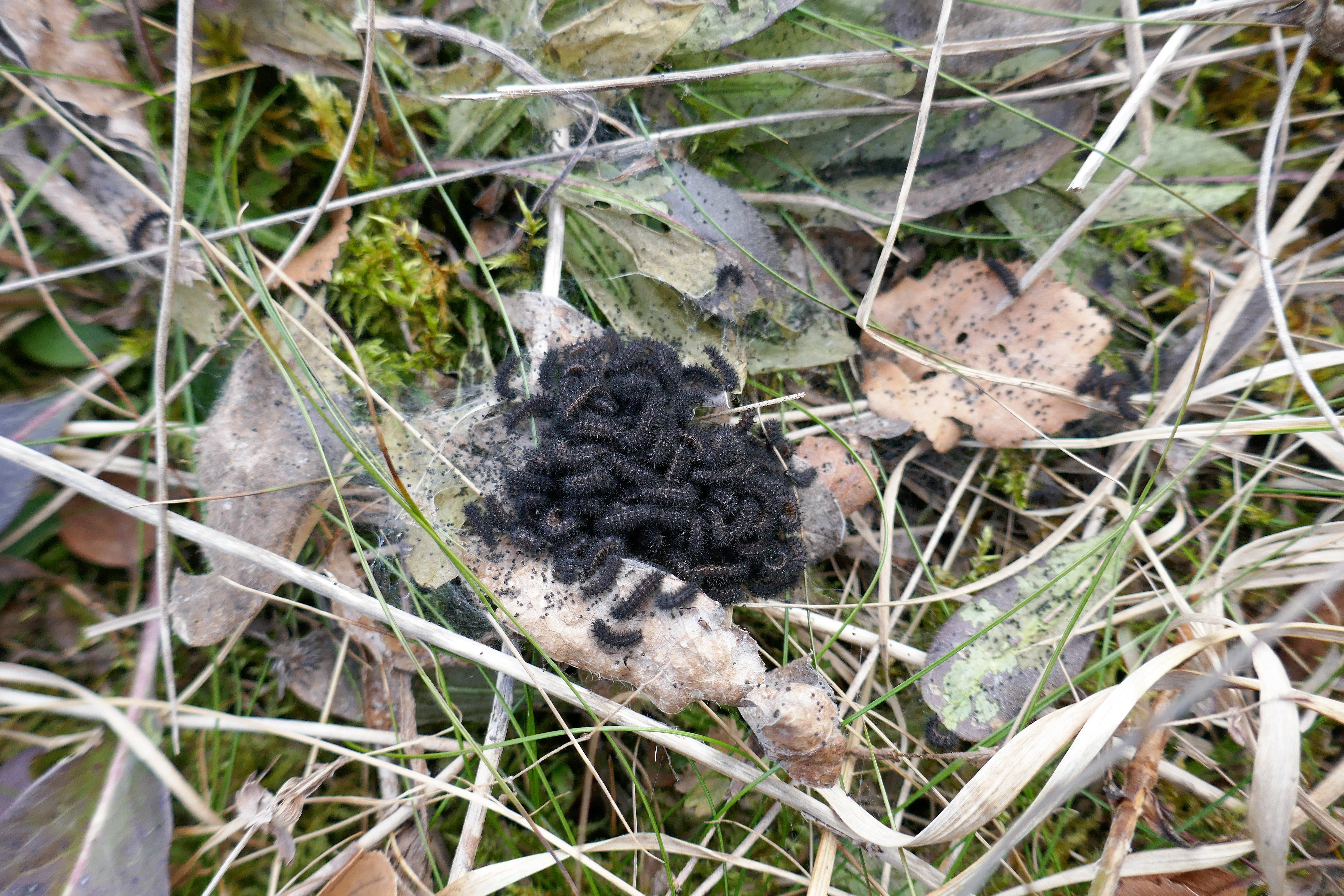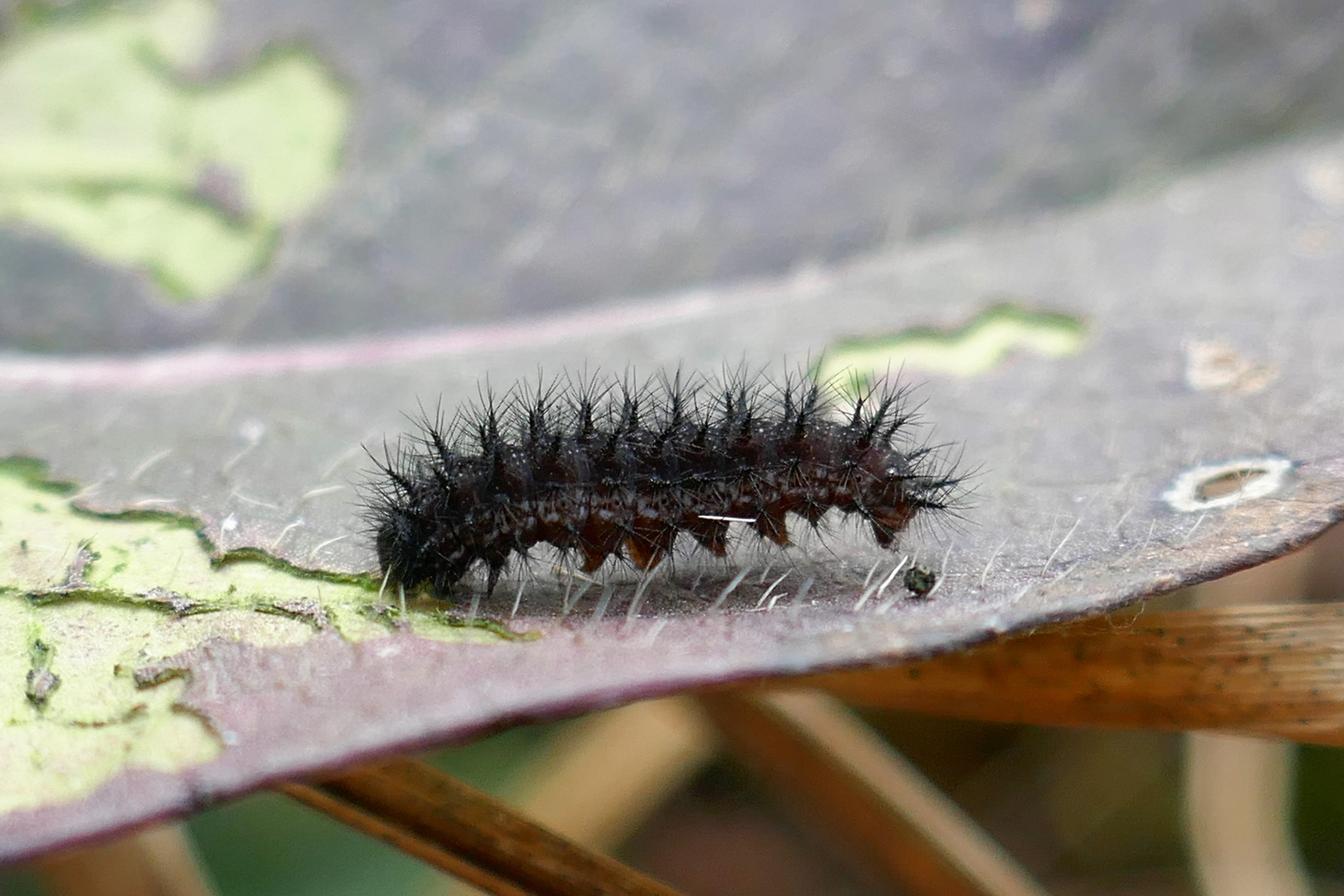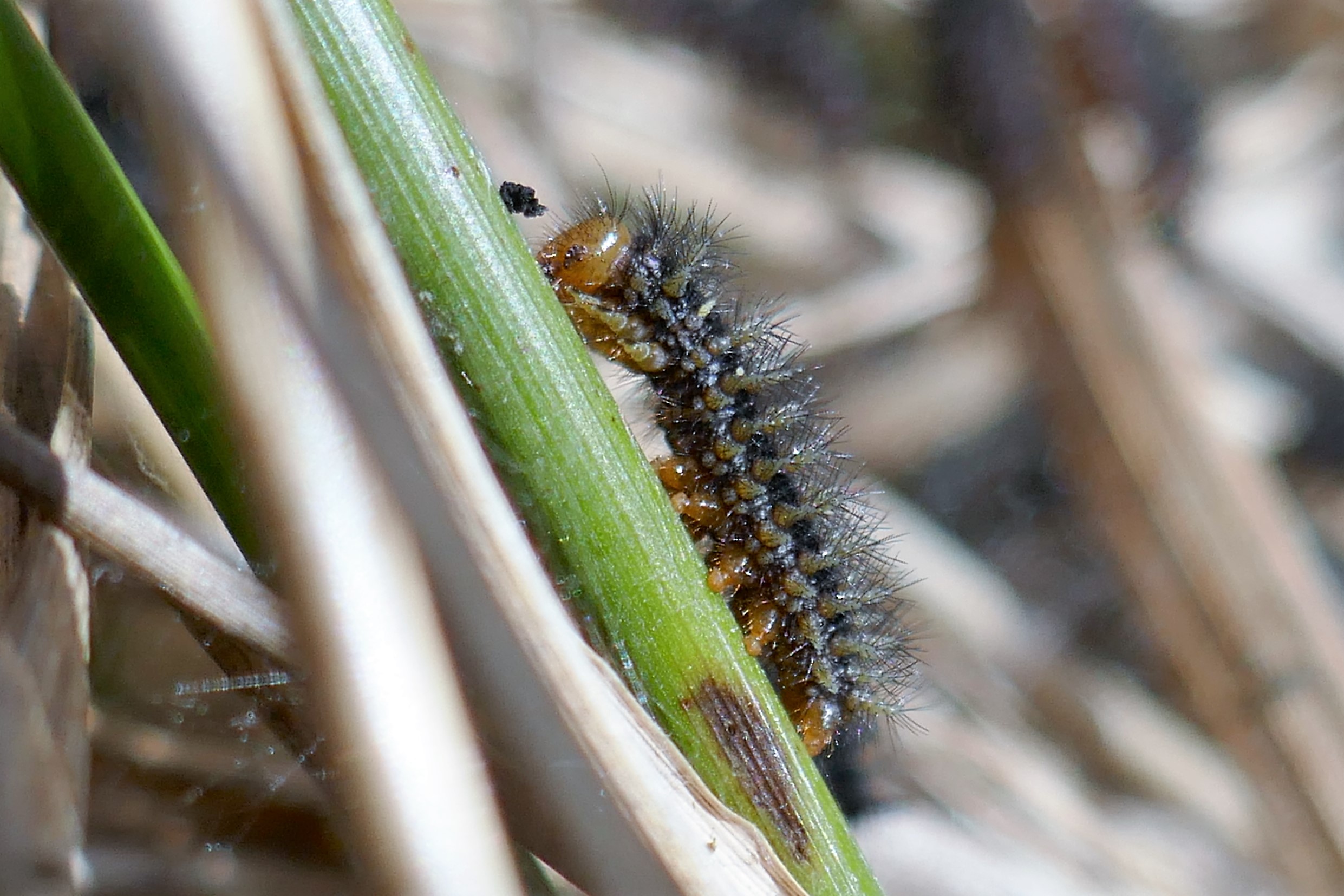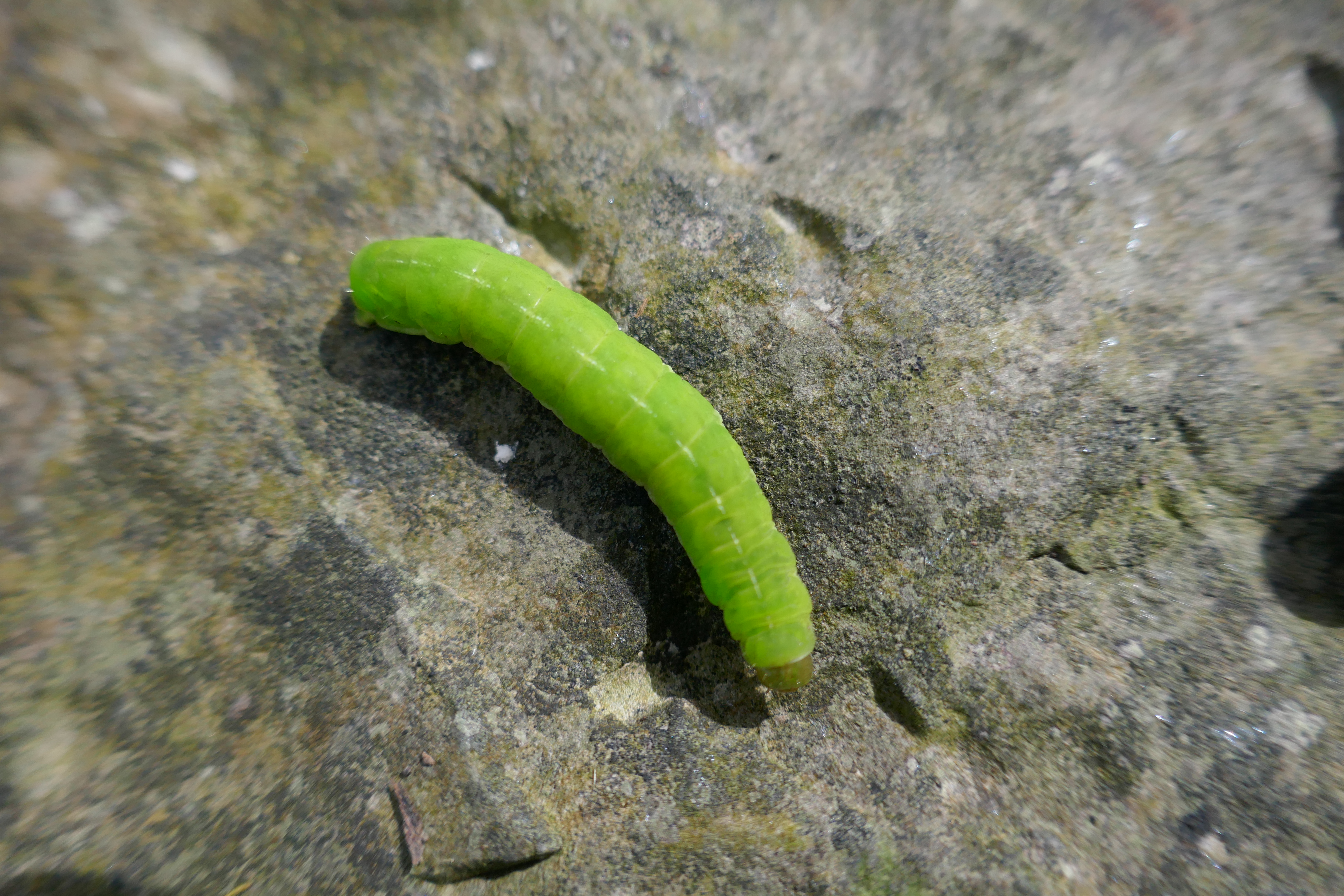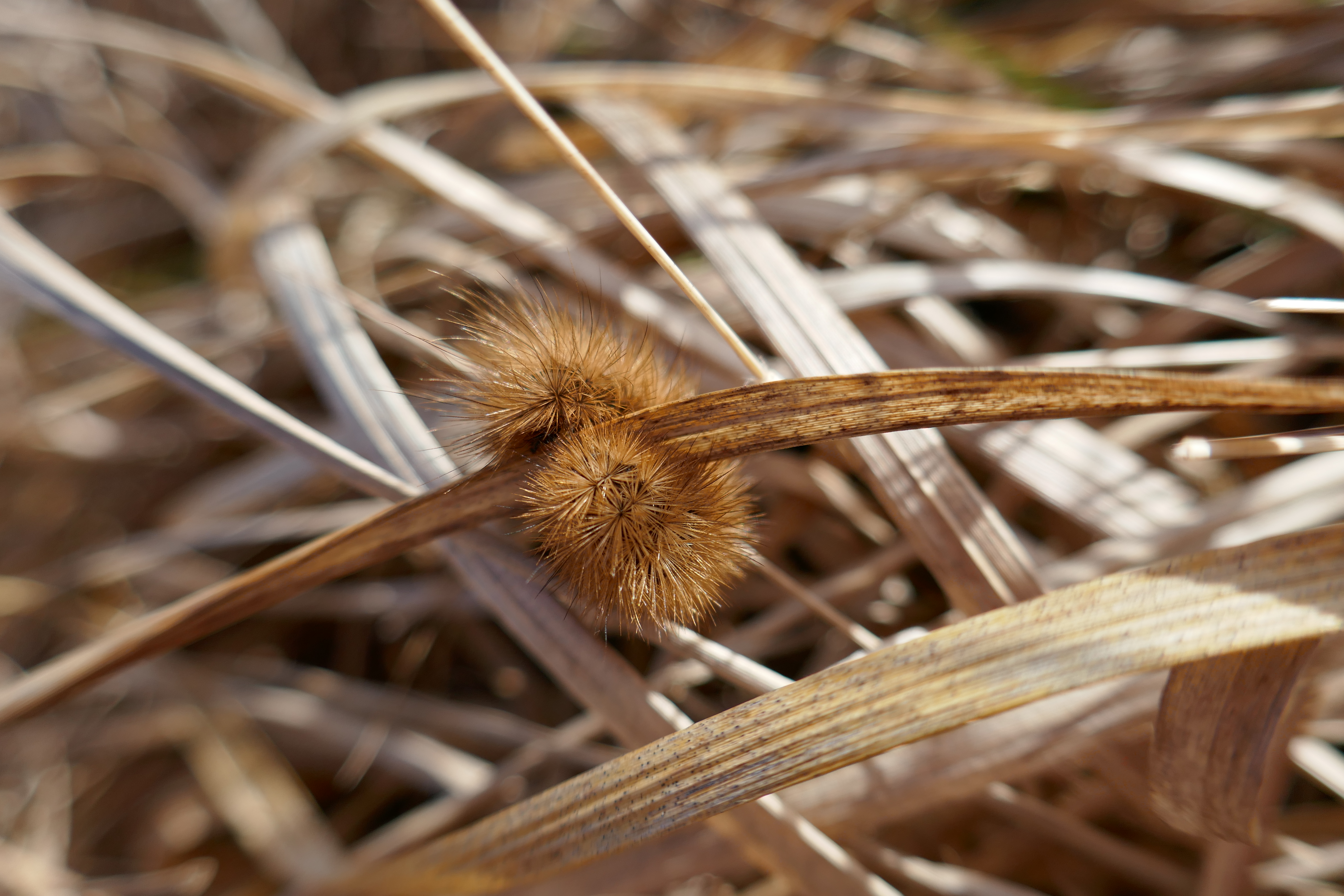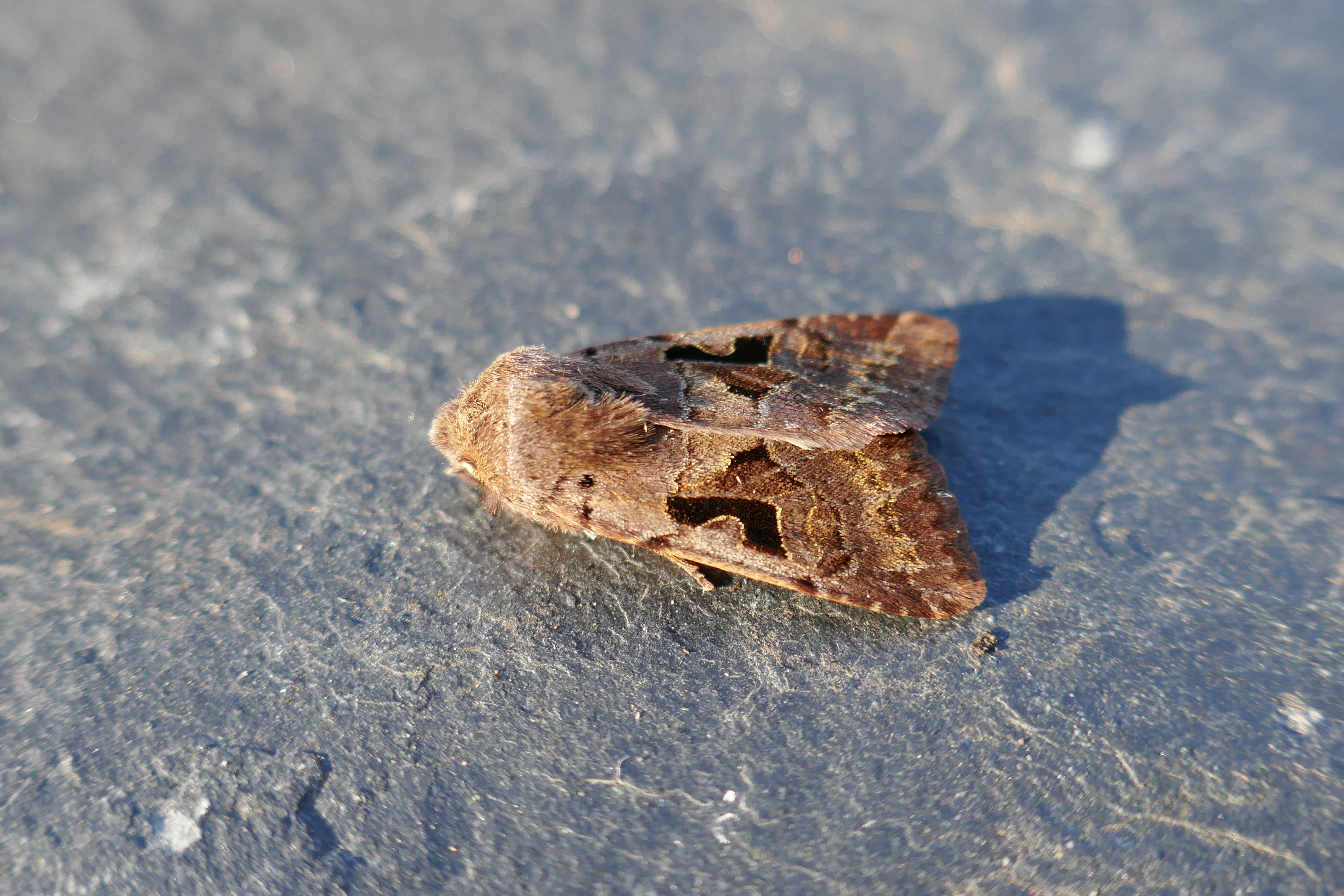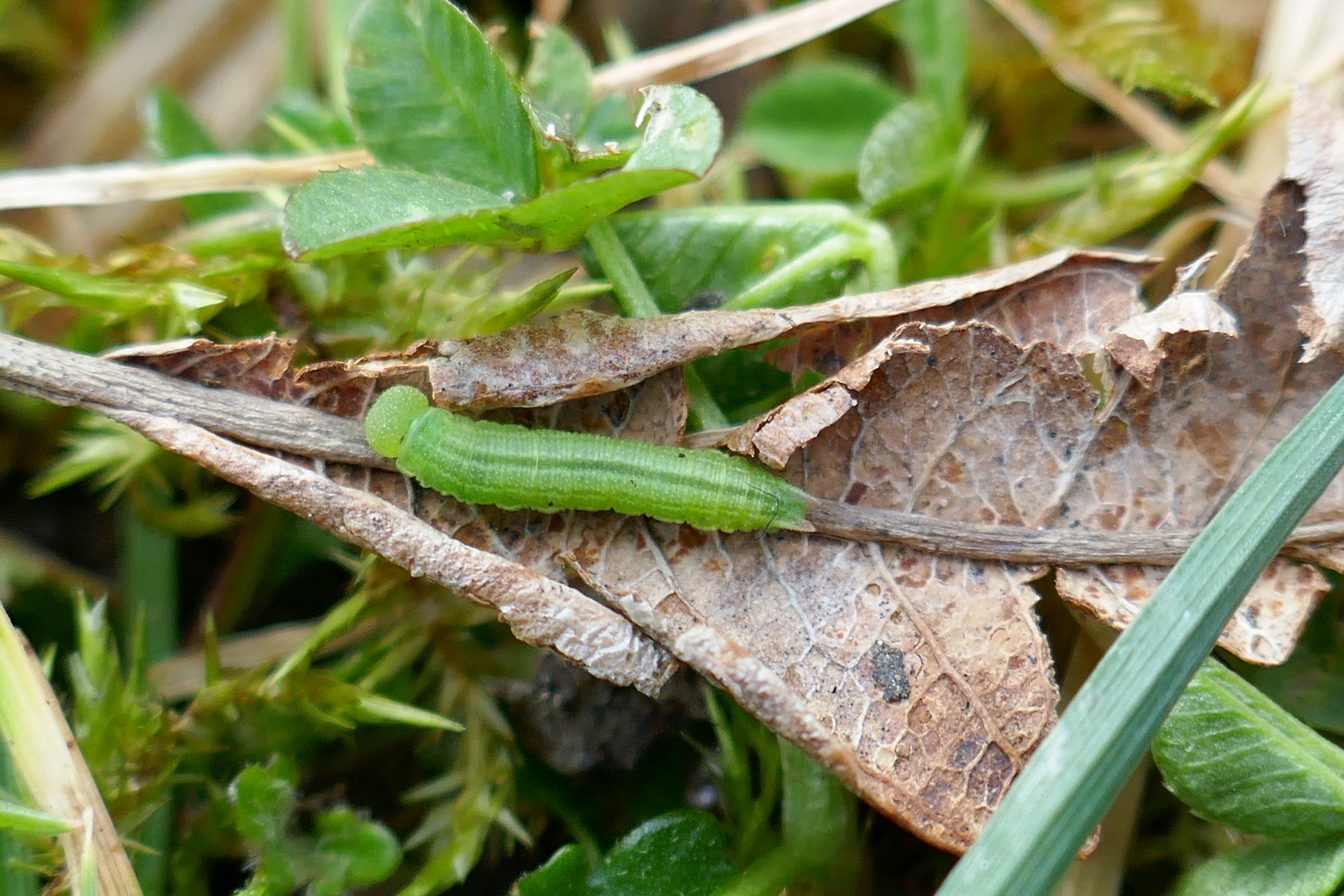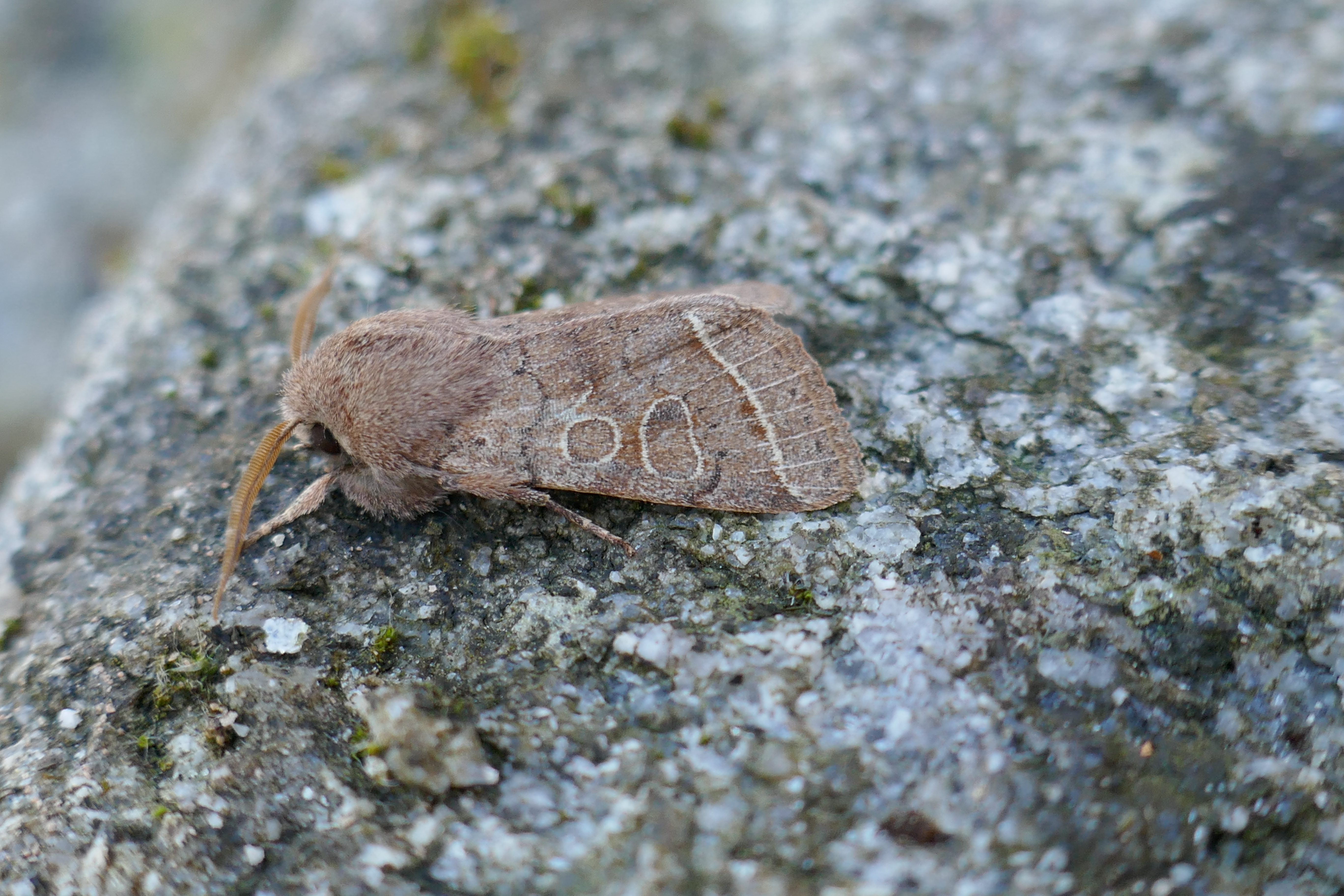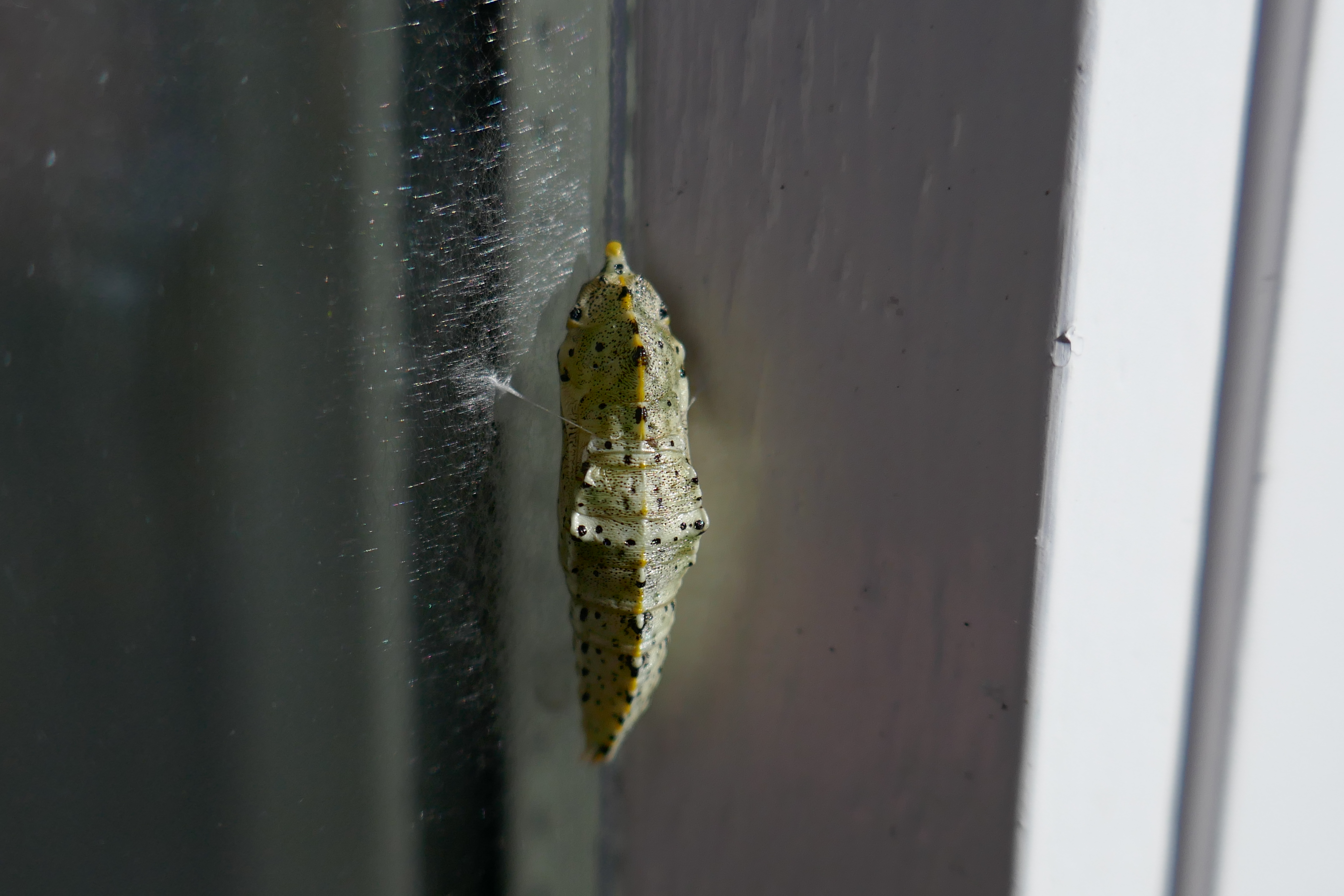Brutus: There is a tide in the affairs of men.
Which, taken at the flood, leads on to fortune;
Omitted, all the voyage of their life
Is bound in shallows and in miseries.
On such a full sea are we now afloat,
And we must take the current when it serves,
Or lose our ventures.
Julius Caesar, Act 4, Scene 3, 218-224.
An era has ended for Ireland’s state-owned bogs and a new phase is beginning. Bord na Móna’s announcement in late 2020 that all peat cutting has ended on its estate coupled with the Government’s Peatlands Climate Action Scheme (PCAS) announced by the Minister of the Environment, Climate Action and Communications Eamon Ryan on 24 November 2020 marks a new beginning. This Scheme will see the Minister support, via the Climate Action Fund, Bord na Móna in developing a package of measures, for enhanced decommissioning, rehabilitation and restoration of cutaway peatlands, referred to as the Peatlands Climate Action Scheme. The additional costs of the scheme to rehabilitate peatlands are being supported by the Government through the Climate Action Fund, administered by the Department of Environment, Climate and Communications (DECC), while the National Parks and Wildlife Service (NPWS) will act as the Scheme regulator. (Details of the scheme can be found here https://www.gov.ie/en/publication/136a7-bord-na-mona-bog-rehabilitation-scheme/)
Before we get too excited, we need to consider the condition, among other important factors, of the peatlands being rehabilitated. Most of the peatland areas selected (and there are many bogs that have not been added to the scheme) are so severely degraded that it is not possible to restore them to anything resembling their once pristine condition. In short, the restoration of “active raised bog” as described by the European Union Habitats’ Directive Annex I within the foreseeable future is not possible. In fact, the primary objective of the Government scheme is not habitat restoration but to turn carbon-emitting peatlands into carbon sinks to address climate change. This is a worthy objective, especially as the re-wetting is planned to set the peatlands on a trajectory towards the establishment of a mosaic of compatible habitats including wetland, fen, reed swamp, wet woodland, heath, embryonic sphagnum-rich peat-forming communities, scrub and birch woodland communities.
Refinements in the re-wetting measures will be applied where important grassland habitats have developed on parts of the peatlands selected for enhanced decommissioning, rehabilitation and restoration. This is key to protecting important butterfly habitats. Some bogs contain superb grasslands, including orchid-rich grassland one might expect to see in a very different habitat, such as in karst landscape and eskers. Some of the high-quality grasslands are so studded with summer orchids the fragrance is stunning, almost cloying in its concentration. Over this fragrant colour dance bejewelled butterflies like Common Blue, Dark Green Fritillary and Small Copper.
Modern farming has destroyed the vast majority of flower-rich grasslands making the biodiverse grasslands on peat soils the last bastion for many butterflies. Some species that are now unknown from farmland have found refuge in cutaway bogs (peatlands from which most of the peat has been removed). There is, for example, no known viable population of the Dark Green Fritillary butterfly in County Kildare outside the Ballydermot Bog group area.
This area of bogland currently holds among the best butterfly and moth habitats and populations in Ireland. The area holds 25 butterfly species, some of these endangered, and hundreds of moth species, including endangered species. At around 7,000 hectares, in one large contiguous block, it is the right size for species to move around in the landscape, allowing species to find the best habitats for their needs and avoid genetic bottlenecks which damage a species’ vitality. Butterfly Conservation Ireland’s monitoring of the Marsh Fritillary in the area shows that the species is moving around in the landscape taking advantage of optimum habitat as it develops. We have noted that there is a high level of variability in the wing markings of the Marsh Fritillary butterflies in the region, a clear indication of genetic diversity. In short, the population of this endangered butterfly is healthy here and this must continue.
Once in a Lifetime Opportunity
Peat-cutting has ceased in the state-owned Ballydermot Bog group area. The machinery has fallen silent, and the sounds are now exclusively nature’s voices. Ravens and Whooper Swans in winter, Cuckoos and Willow Warblers and Great-spotted Woodpeckers in spring, grasslands sizzling with grasshoppers and humming with the drone of bees shouldering their way through flowers in summer, followed by Goldfinches, Linnets and Lesser Redpolls delivering their liquid notes throughout autumn as they pick their way through the rich seed harvest.
Flowers bloom from April to October hosting various butterflies, bees, moths and much more according to the season. Vast native birch woods, shrubbery rich in birds, sky-reflecting lakes, ponds, dry and damp calcareous grassland, wet grassland, heath, fens, bogs abound. There is so much for the nature-lover and rambler to enjoy. The varied landscape gives a restless and artistic eye the drama of change to soothe and inspire. The area offers you the freedom to lose yourself.
And look where the area is, on the doorstep of the biggest population of people in Ireland, a wilderness offering exploration, freedom, health and happiness. I once brought a group of underprivileged urban teenagers to these bogs on a fairly dull spring day. After clambering out of the minibus they looked around, bemused. “Where are the shops?” “Where are the paths and street lights?”
I feared a long, long day. But no. They loved every minute of it. “Are we allowed to go here?” There are no walls, boundaries or prohibitions to inhibit freedom. Of course, they jumped in every pond, drain and puddle available, amazed at frog spawn and “water lizards” (newts!) Notorious for their boisterous behaviour, their exuberance was appropriate here, perhaps for the first time.
Why am I telling you this? Because there is so much more to nature and what it has to offer than hitting climate action and Water Framework Directive targets, very important though these things are. Horse riding, walking, running, cycling, picnicking, scientific study for young and all other age groups are available along with tremendous physical and mental wellbeing benefits. And, perhaps above all, the vastness of the space offers great freedom. And all compatible with habitat restoration and nature conservation.
It is time to show vision, to take the opportunity now available. The west of Ireland has five national parks. There is no national park in Ireland’s midlands. Without this landscape-scale protection, the long-term viability of many species in the region is in peril. Butterfly Conservation Ireland, together will all the non-governmental environmental organisations, is calling on the Minister of the Environment, Climate Action and Communications Eamon Ryan, Bord na Móna, Kildare County Council and the National Parks and Wildlife Service to establish a new national park in the Ballydermot Bog group area, for nature, for people, forever.
